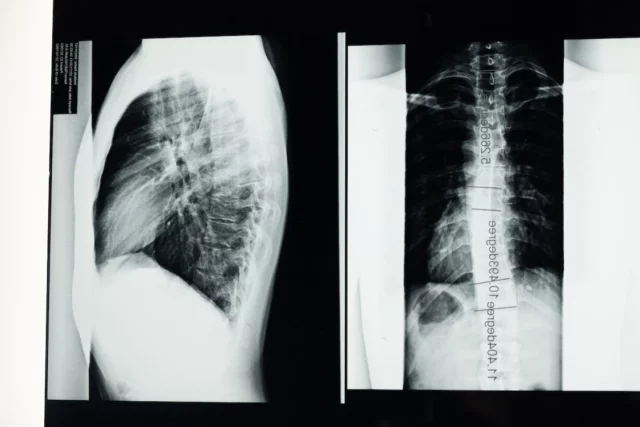According to the Bureau of Labor Statistics (BLS), nursing assistants suffer more physical workplace injuries than any other profession, including construction workers, firefighters and maintenance and repair employees.
The BLS reports that about 22,000 of the total 380,600 work-related musculoskeletal disorders were injured nursing assistants. This places them at a 208.4 incident rate per 10,000 full-time workers. That means nursing assistants suffered musculoskeletal injuries about three times as often as construction workers.
Musculoskeletal Injuries Suffered by Nursing Assistants
Routine tasks, such as moving patients, can injure a nursing assistant over time. Heavy lifting and repetitive motions can cause strain in the upper and lower back, neck, shoulders, arms, legs, feet and hands. Sudden exertion due to heavy lifting can often lead to an immediate injury, while work repetition will see a gradual injury develop.
Musculoskeletal injuries are generally self-reported since there are usually no visible signs of the injury, because the wounds involve soft tissue. Specific examples of this injury include:
- Tendinitis, an inflammation of the tendon.
- Lateral epicondylitis, also known as tennis elbow, which is an inflammation of the tendons on the outside of the elbow.
- Medial epicondylitis, also known as golfer’s elbow, which is an inflammation of the tendon, similar to tennis elbow, except that it originates near the humerus at the elbow joint.
- Carpal tunnel syndrome, which can be caused by repetitive use of the hand and wrists.
- De Quervain syndrome, which is an injury involving two tendons that control the movement of the thumb.
- Tension neck syndrome is defined as a pain, soreness or stiffness in the region of the neck and shoulders.
- Thoracic outlet syndrome involves the upper limbs and can cause sharp or burning pain in the arms and hands. Anyone that has had severe whiplash in a car accident may have had this injury as a result as well.
Other specific types of musculoskeletal injuries exist. In addition to these, lower back injuries are common when moving patients.
If you are injured in a health care accident, you may need the help of personal injury lawyer to ensure that your soft tissue injury receives an accurate claim value.
Check back with us again as we will discuss how a worker can prevent musculoskeletal injuries in a future blog.
The Law Offices of Aaron Allison – Austin Personal Injury Attorney
Source: http://www.fiercehealthcare.com/story/workplace-danger-nursing-assistants-suffer-more-physical-injuries-construct/2015-02-05







